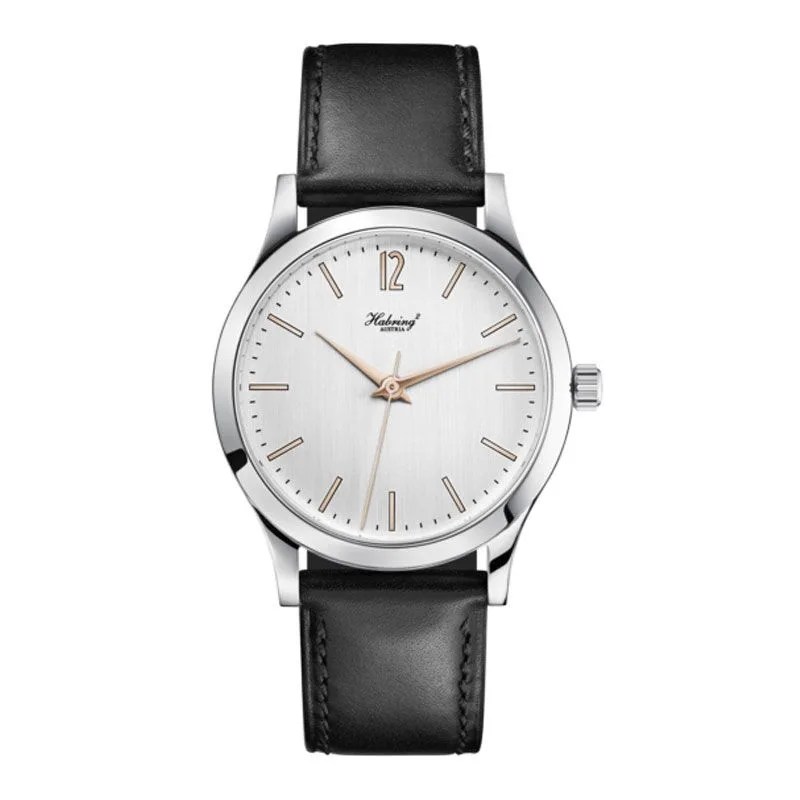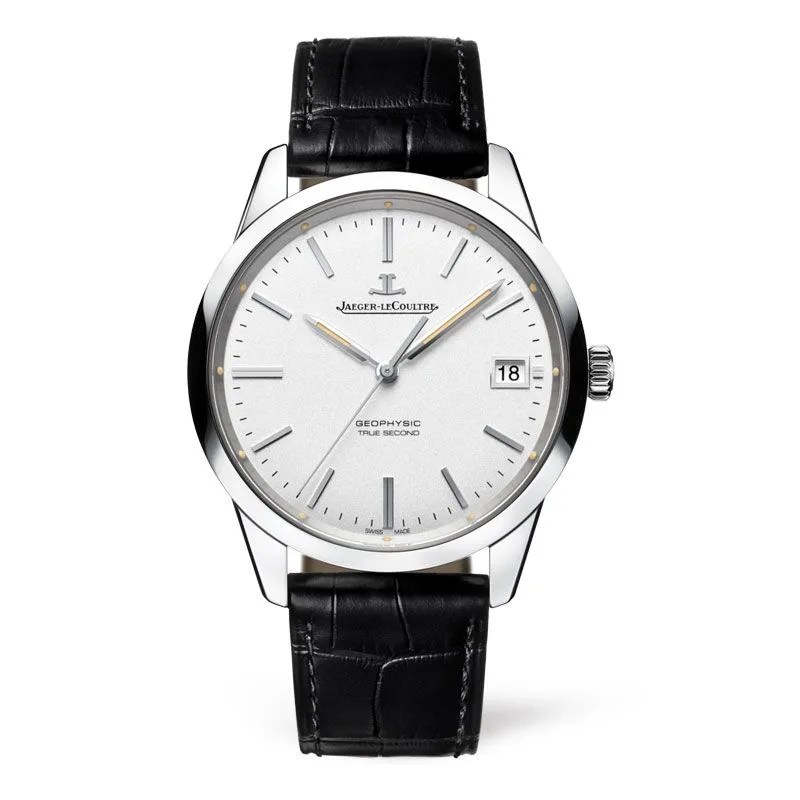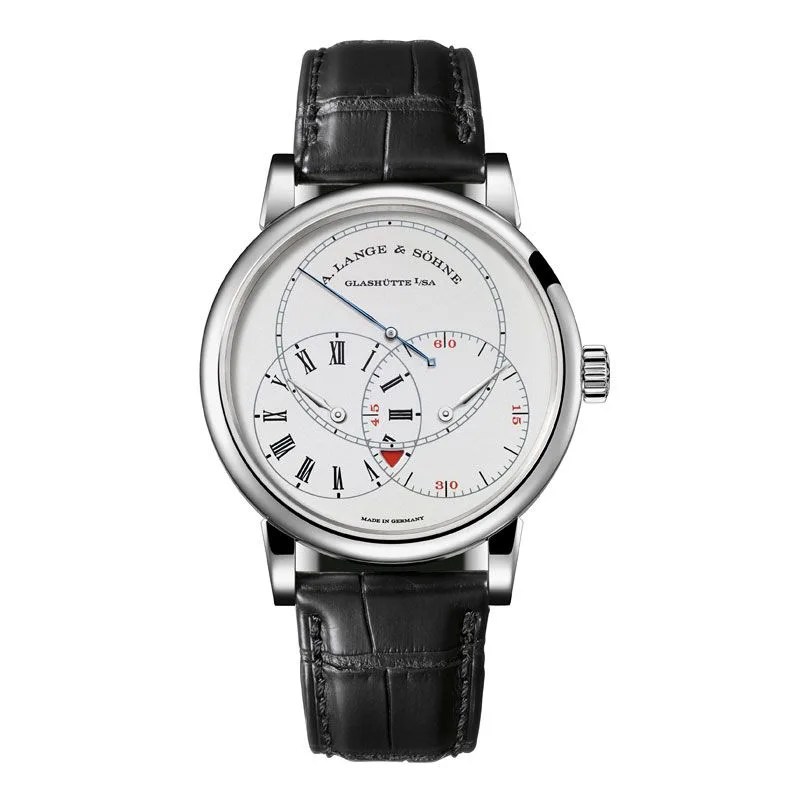The watch world is full of highly technical, often highly French terms that any normal person, reasonably, doesn’t know. Welcome, then, to Horology in a Hurry, a semi-regular column where we’ll break down these terms at length one at a time to give you a better understanding of how watches work. This week: Deadbeat seconds.
What is it?
One of watchmaking’s greatest ironies. A deadbeat seconds, also called a dead seconds or jumping seconds, is a mechanical watch in which the seconds hand ticks once a second, like any cheap, garden-variety quartz watch. In a normal mechanical watch, a balance wheel vibrates several times per second, and with each vibration the seconds hand progresses — this is why mechanical watches tick around five to ten times a second. A deadbeat essentially requires a more mechanically complex escapement to get the hand ticking once every second.
Where did it come from?
The original deadbeat escapement goes all the way back to 1675, when it was invented by Richard Towneley for use in regulator clocks at the Greenwich Observatory; it was then popularized by British watchmaker George Grahm nearly 40 years later. It became the standard for pendulum clocks and was eventually miniaturized in the mid-20th century by watchmakers like Omega and Rolex.
Why does it matter?
Since it’s more complex than a standard mechanical watch and doesn’t really offer any added benefits, it’s a very rare complication produced by watchmakers mostly for bragging rights — not unlike a tourbillon. Thing is, most people see a tourbillon and recognize how expensive it probably is; this is not so much the case for the deadbeat. It’s truly one of watchmaking’s “insider complications” — only the nerdiest of the watch nerds can spot one in the wild or care enough to buy one.
Who does it best?




